The plateau at 24.5 million dots. Higher altitude and holding.
Each new technical upgrade in digital cameras has set a new creative standard as well. We redefine the quality and characteristics of the images we make by the capabilities of our equipment. Not to say that the machine dictates what we conjure up in our imagination, but there are certain physical characteristics that we have to use. When cameras hovered around the 6 megapixel mark for a period of time, we made prints at that size. We manipulated our file size and learned digital tools and skills that accommodated what our file allowed and judged them to be acceptable or not compared to previous standards.
D3X Images
Click on a thumbnail to enlarge. See Nikon D3x portfolio for larger sizes.
However, it was always compared to film and what a conventional camera offered in resolution and color and comfort in handling and speed. The same thing happened as we upgraded to 12 meg cameras. There was always the pixel count. That was the gauge of image integrity based on a dot count as compared with films and images scanned from film.
That being said, this new camera — the D3X — opens more potential big doors for photographers creatively. The file size race in DSLRs has been going on for ten years or more. Suddenly there seems to be a quality threshold we have crossed, where the digital SLR has now superseded what we did with conventional film.
 There has been a convergence also in handling and comfort level with digital technology as the digital manipulation tools in Photoshop, NX2, Nik software and other plug in software becomes more second nature. The ease of shooting integrated with the ease of manipulation fuels a much bigger bus to the imagination. I expect to see a resurgence in the creative side to the photo making process. The technical side of this business has been a preoccupation for the last dozen years since we first heard about digital cameras and the threat of digital cameras changing everything. To go digital or not and when. I don’t think these are big questions anymore. The limiting characteristics have been refined. The colors are great. The noise is gone, variable ISO makes low light shooting possible as never before. The shutter lag is gone. The new cameras respond much faster than the spring loaded brass door stops of yesteryear that we nostalgically mourn. The engineers and program designers have packed more options in the menus of new cameras for sharpening and saturation and file size and auto focus and other camera preferences than any photographer would have ever dreamt.
There has been a convergence also in handling and comfort level with digital technology as the digital manipulation tools in Photoshop, NX2, Nik software and other plug in software becomes more second nature. The ease of shooting integrated with the ease of manipulation fuels a much bigger bus to the imagination. I expect to see a resurgence in the creative side to the photo making process. The technical side of this business has been a preoccupation for the last dozen years since we first heard about digital cameras and the threat of digital cameras changing everything. To go digital or not and when. I don’t think these are big questions anymore. The limiting characteristics have been refined. The colors are great. The noise is gone, variable ISO makes low light shooting possible as never before. The shutter lag is gone. The new cameras respond much faster than the spring loaded brass door stops of yesteryear that we nostalgically mourn. The engineers and program designers have packed more options in the menus of new cameras for sharpening and saturation and file size and auto focus and other camera preferences than any photographer would have ever dreamt.
Which brings me to the shoot. I’ve shot with square cameras and medium format auto focus cameras and shot jobs with almost everything built. But shooting with a 35 looking camera is still the race car of my studio. Small fast responsive and ergonomically all natural. They feel better and give me a quicker conduit to the image in my mind. They were always the fast responsive mental capture device of choice.
The D3X that I have been using for several months has a greater gift than it’s resolution and image clarity. There is a lot to see here, a lot to talk about, but it adds up to a couple of simple facts. It’s bigger — and better. That means the transitions from light areas and colors are smoother and more subtle. It’s not just bigger. My new images have a more refined sense of dynamic range. There is more tone range in the discernible dark tones. The cheeks and contours of a face are smoother and sharper. Subtle color changes in eye shadow and blending of make-up show up better. The difference in pore texture from part of the face to another is more apparent. The pattern of very fine facial hairs is more visible. Color and contrast differences from one lighting area to another play more subtly and smoothly. Highlights don’t burn out as quickly because there is more detail at the higher end of the dynamic range. Hair and skin tone look sharper and cleaner. You notice it immediately. The soundtrack to this shoot was, “WOW”. Everyone at the shoot was in unison when these images came up on the screen. It was a group “WOW”.
The result of this greater tonal transition is that it retouches easier. The sign of good retouching is when the manipulation is invisible. The hand of the retoucher is not apparent. With these images having closer tonal ranges, textures and contours, the heal brush and clone tools can sample more subtlety, blending color texture and contrast more exactly. It may take some adjustment, as every new file type does, but using very small tool sizes, it is possible to almost always blend away imperfections flawlessly. With more color and bit depth in the eyes and make-up areas it is easier to brighten, saturate and selectively adjust smaller areas on a image. Most of what I have shot with the D3X is beauty in the studio but I’m sure shooting landscape or anything with extreme detail would render the same way.
The combination of using studio flash with the D3X was magical. I’m a flash kind of guy. I like the sharp saturated full dynamic range and control you can get with a fast set of Dyna-Lites. This proved to be a magic combination. The D3X holds the shadows depth and the highlight end better than anything I have used before. That’s it. It performs like a serious machine. My standard performance gauge is the first time I stomped on the pedal of a Porsche 911 Carrera in second gear. That is a thrilling experience measured in WOW factors. So is this. Less dangerous, and ultimately more creatively rewarding.
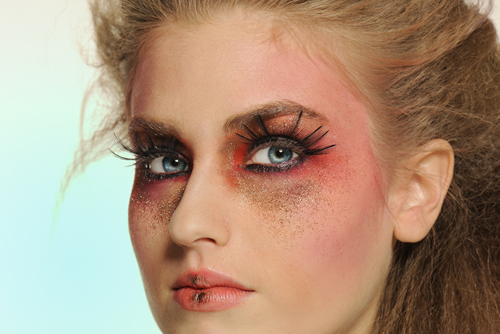
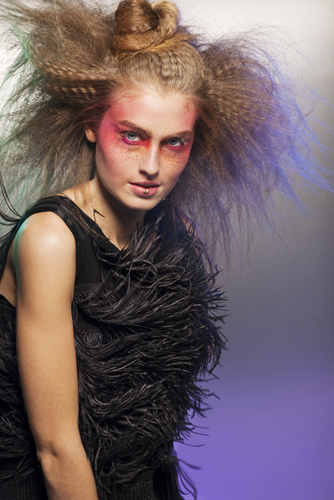
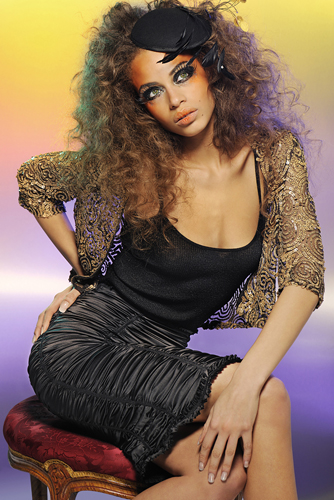
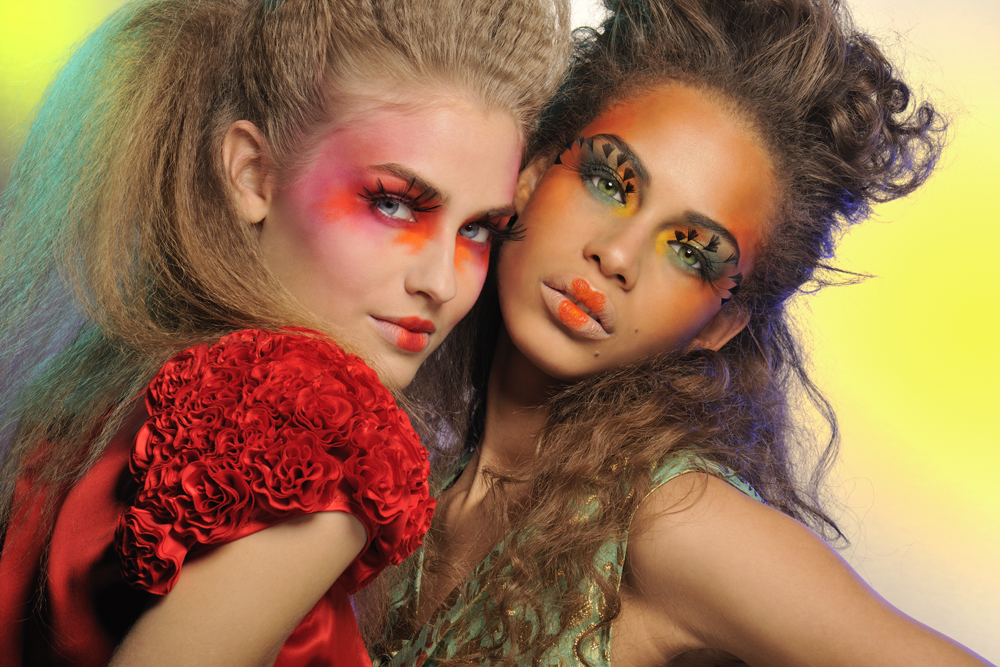
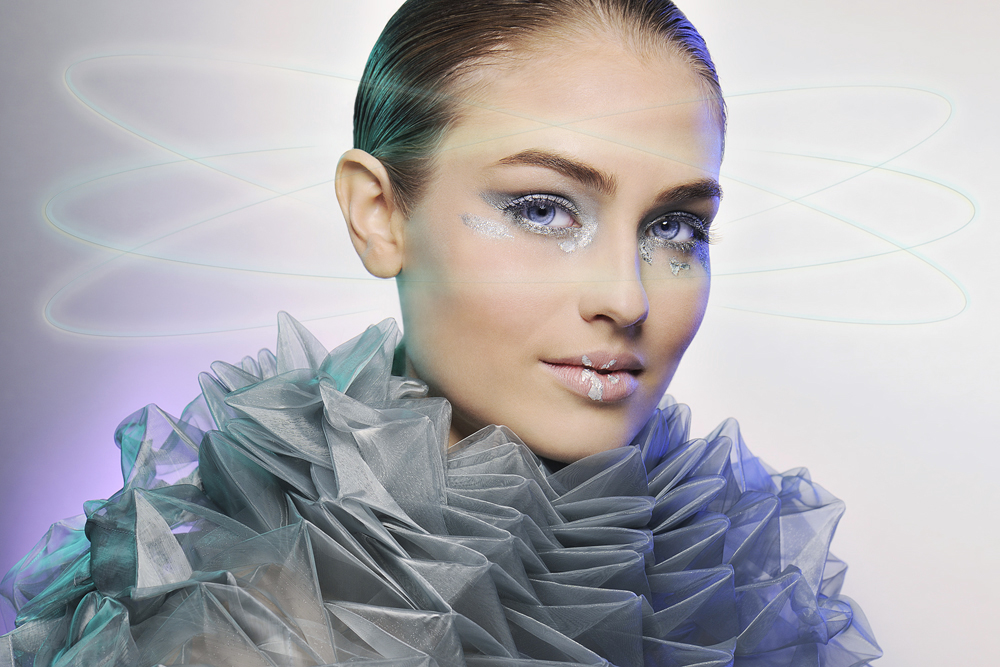
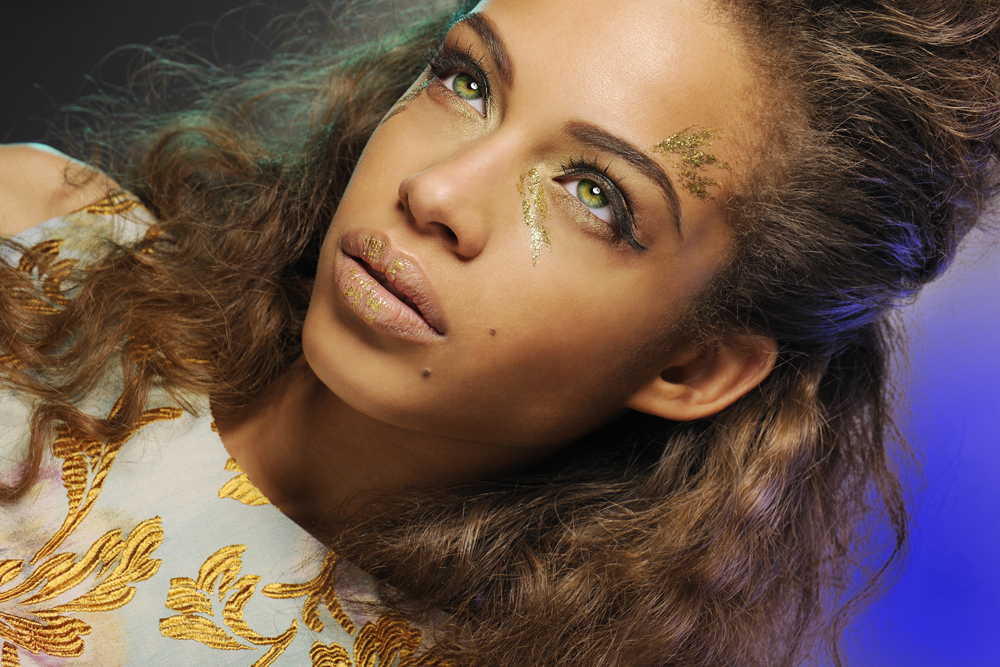
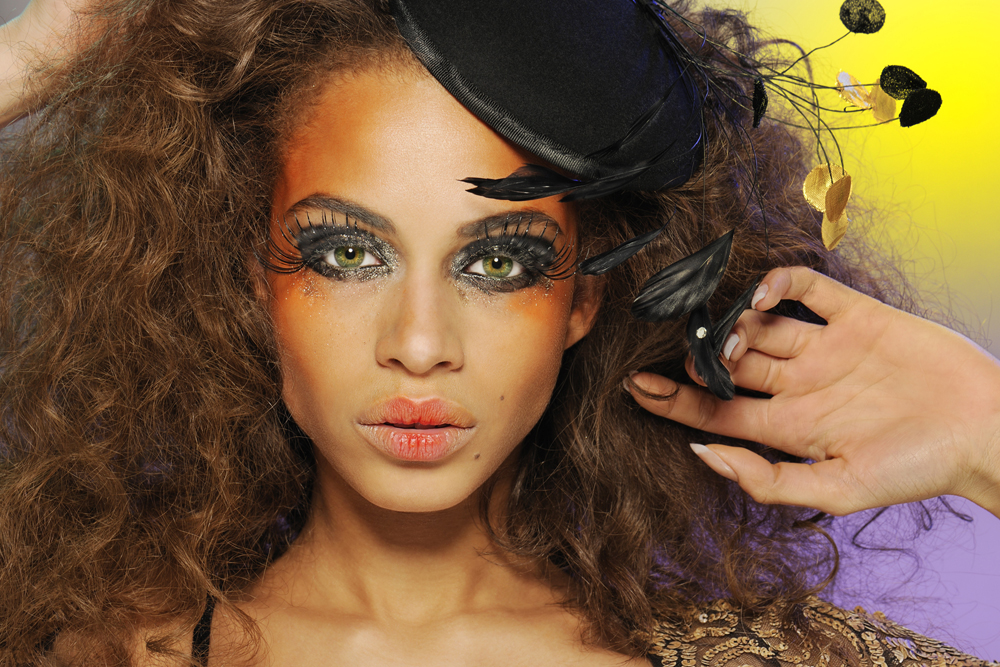
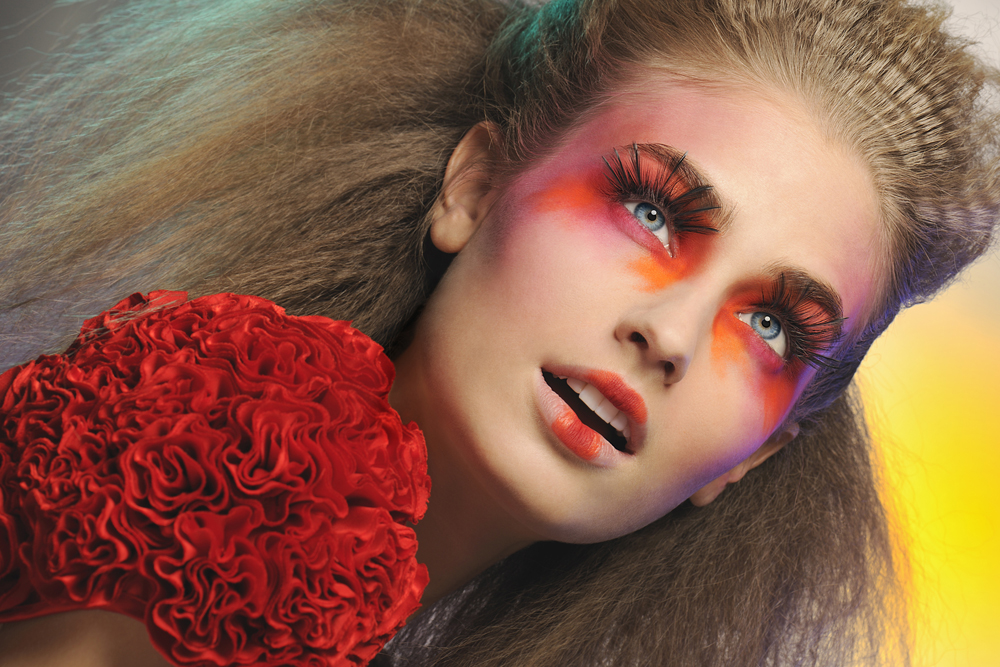
Nice work, regards